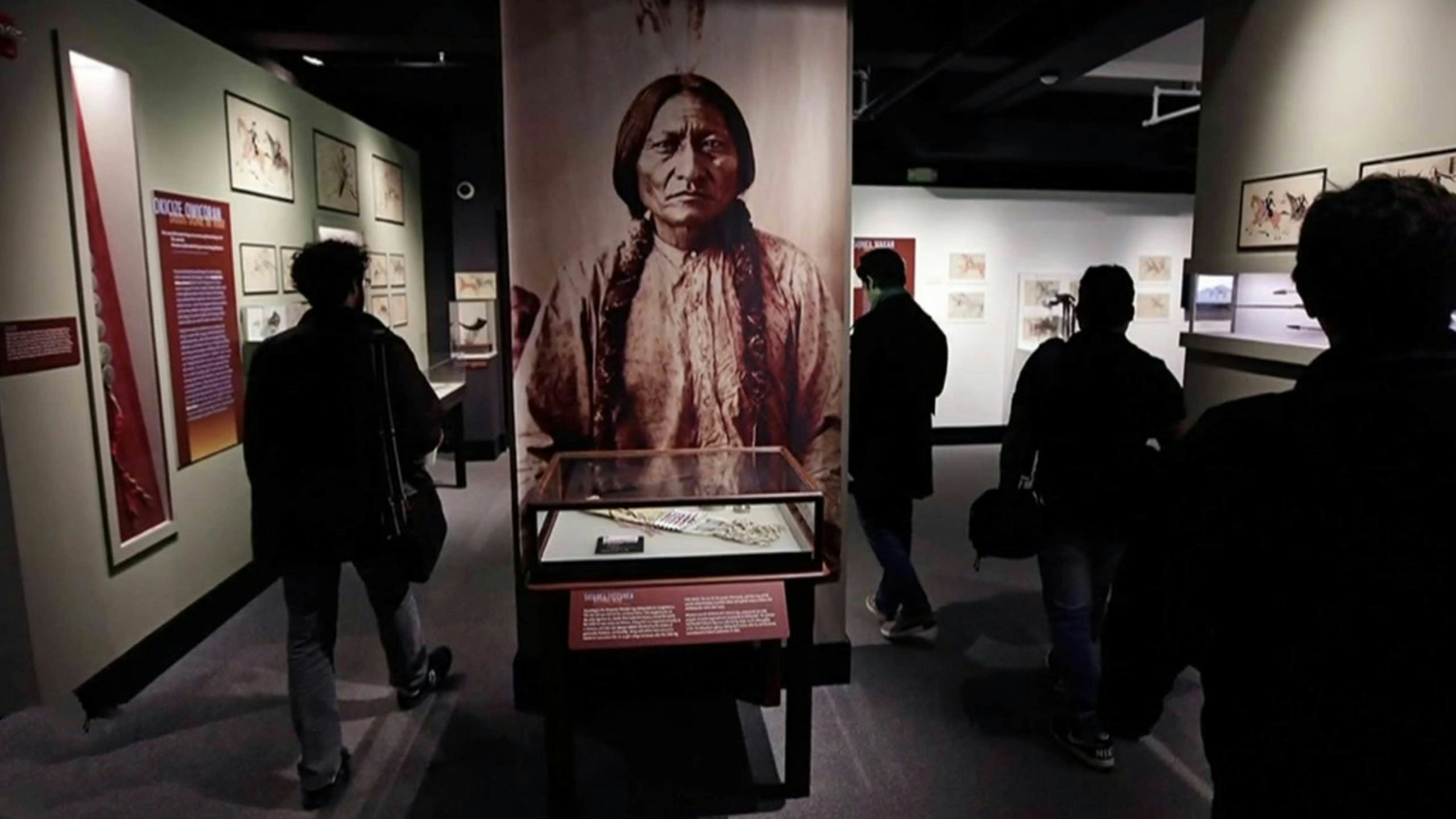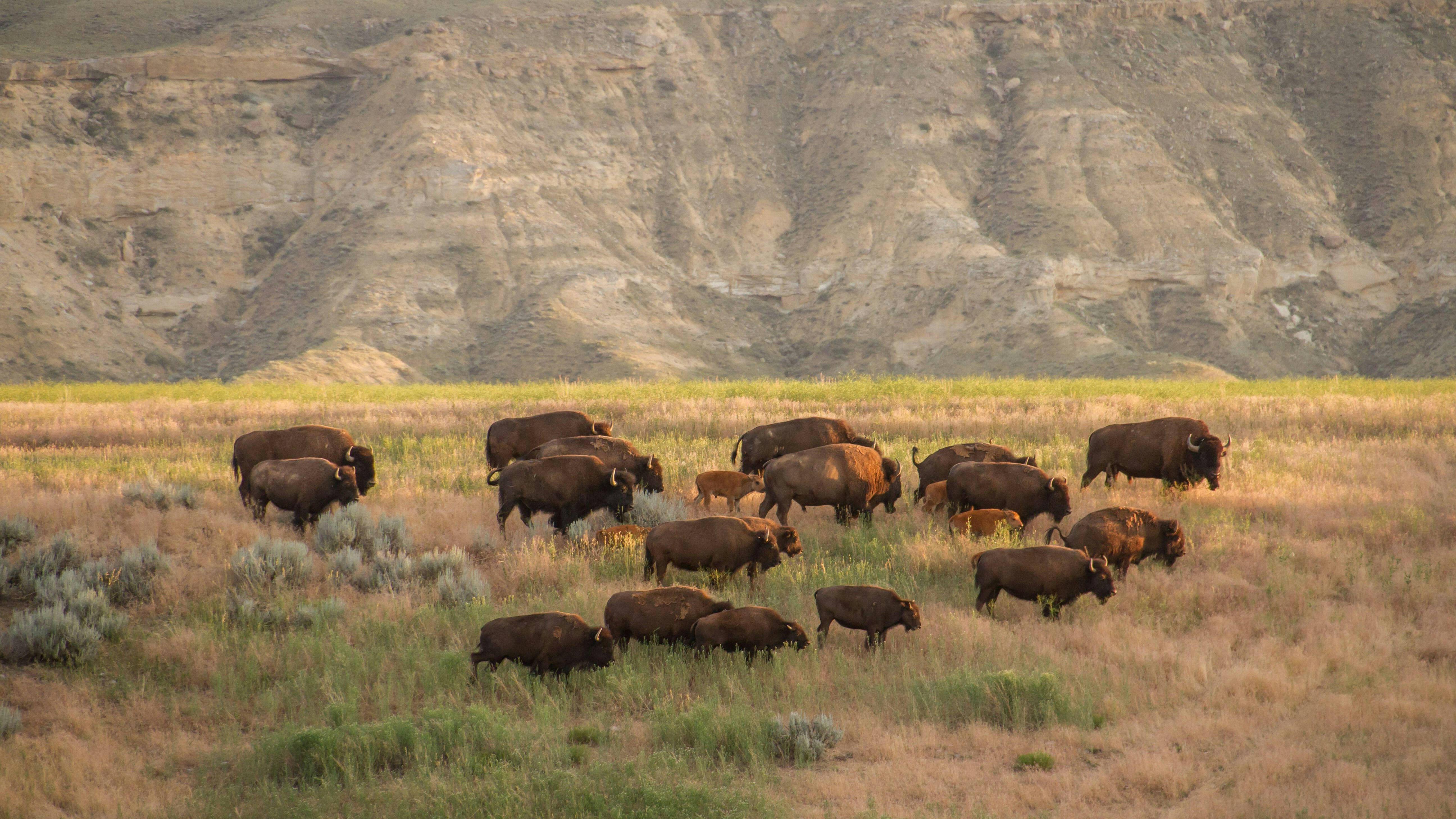The Northern Arapaho government is demanding that a Harvard University museum give back hair samples taken from American Indians about 90 years ago.
The museum already had launched a campaign earlier this year to return the hair samples.
The Peabody Museum of Archaeology & Ethnology since 1938 has kept the hair-sample collection of anthropologist George Edward Woodbury, who studied variations in hair-strand structures across racial groups and Indian tribes.
Museum Initiated Return
The Peabody Museum did not immediately respond to a Cowboy State Daily voicemail requesting comment. However, the museum’s website states that it already has been seeking to return the roughly 700 hair samples taken from indigenous children to families and tribal nations.
“This website shares a list of tribal affiliations and sites of collection. The Peabody Museum is fully committed to the return of hair back to families and tribal nations,” the site reads.
Boarding Schools
“The Peabody hair samples were confiscated during the 1930s from Native students forced to attend U.S. boarding schools, a shameful practice that involved separating these children from their families, language and culture,” wrote the Northern Arapaho Business Council in a joint statement Monday.
“The federal government operated hundreds of these boarding schools, up until about 1970, in order to forcefully assimilate Native children into white culture.”
Researcher Naomi Schaefer Riley wrote that many students in boarding schools suffered physical and sexual abuse at the hands of teachers and administrators, as well as forced assimilation.
Peabody’s site says that boarding schools assimilated children in part by cutting their hair.
Hair is sacred in many Indigenous cultures as a symbol of strength, wisdom and identity, according to a statement by nonprofit group IllumiNative, which the Eastern Shoshone Tribe posted this summer to its Facebook page.
“It is impossible to undo atrocities committed against Native children ripped away from their families as part of the federal government’s forced boarding program, but Peabody Museum can and must cease its role in this abuse by returning to appropriate tribes any hair samples taken from these children,” the tribe’s statement continues.
“It is long past time that museums, universities and other institutions apologize for their objectification of Native people and culture and return to rightful owners the sacred artifacts stolen from Indian Country,” it said.
Scientific Racism
“Though hair clippings were ostensibly removed and kept for research purposes, Peabody Museum now acknowledges ‘much of this work was carried out to support, directly or indirectly, scientific racism. Descriptions and measurements of hair types were used to justify racial categories and hierarchies,’” the tribal government’s statement reads.
In a 1932 research paper by Woodbury and his wife, Woodbury references samples from both the Northern Arapaho and Eastern Shoshone tribes – which are the two indigenous tribes based in Wyoming. He stated in the paper that he was trying to discern whether American Indians were descended of Asian, “Mongoloid” ethnic groups, but that the data were inconclusive.





